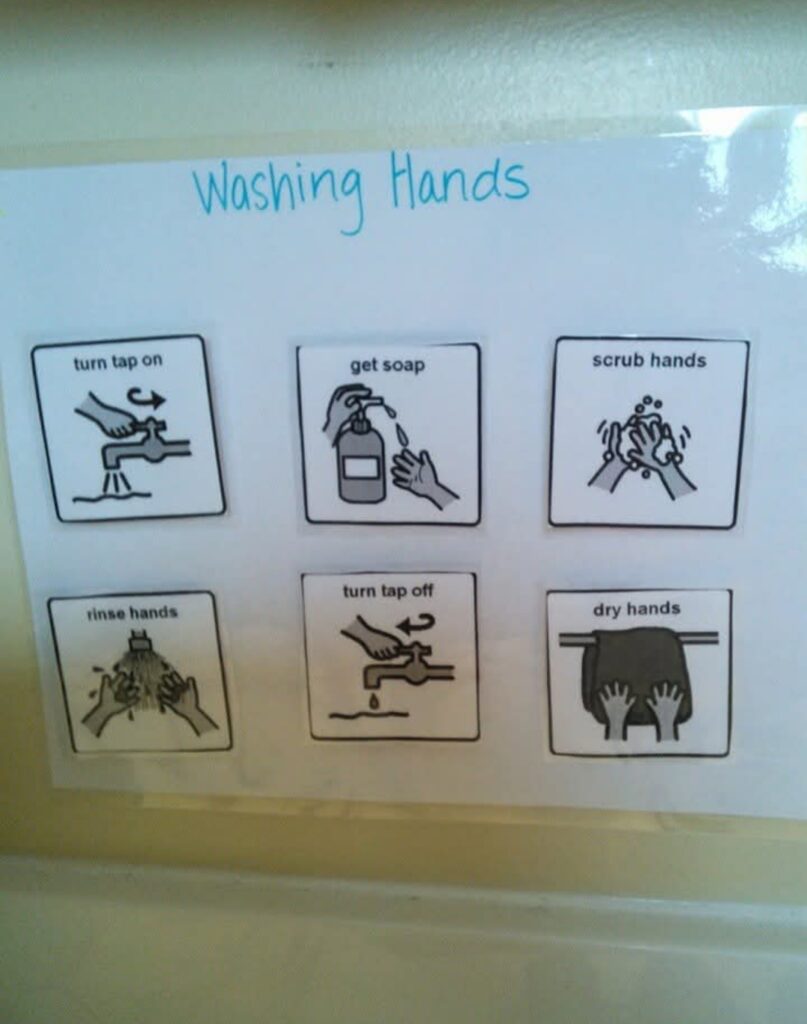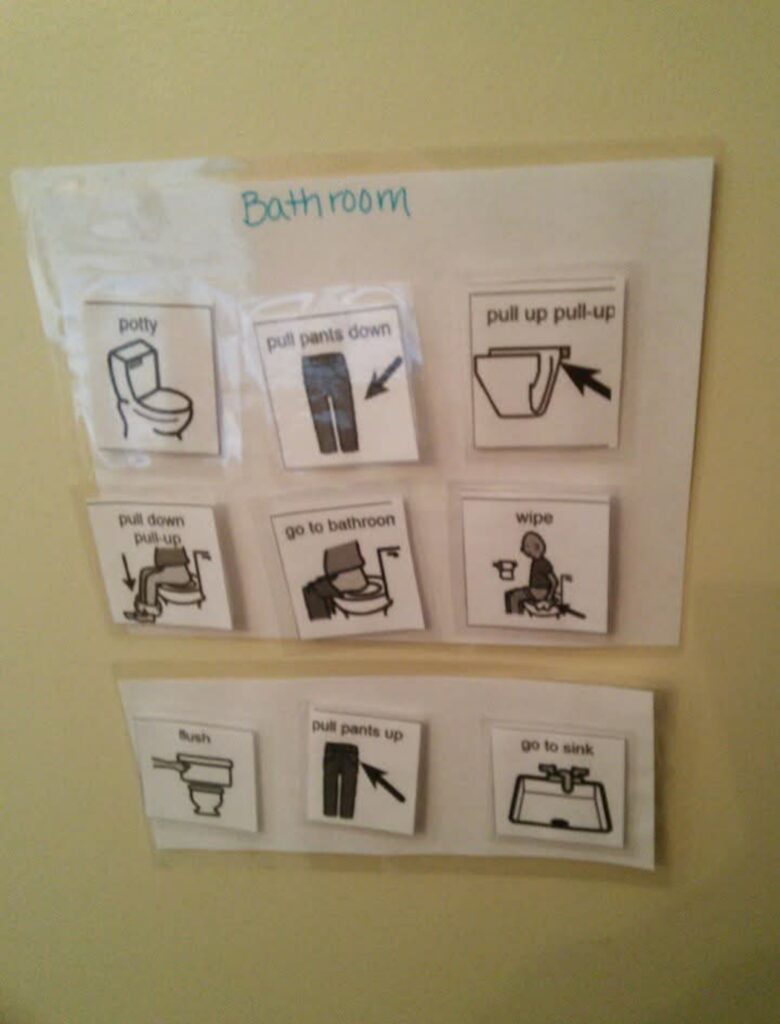I am not a doctor, just a mom with 10+ years of dealing with Autism and Echolalia. This is based on what worked for us. Results will vary based on your situation.
Here is an actual conversation I had with my daughter when she was younger:
Me: Hannah, are you hungry?
Hannah: Hungry
Me: Would you like a sandwich?
Hannah: Sandwich
Me: Would you like peanut butter or bologna?
Hannah: Bologna
When she would get it, there was a meltdown because it wasn’t what she wanted. Does this sound familiar? Or what about:
Me: Hannah, would you like to color?
Hannah: Time for our handy, dandy notebook! (a line from Blue’s Clues)
We discovered at her diagnostic evaluation for Autism that it was called Echolalia.
Types of Echolalia
The first example is Immediate Echolalia, and it is the child repeating back something that they just heard. In this case, the child knows they are supposed to say something. Children with Autism often have processing delays. Children repeat the last word they hear to give themselves time to process what they just heard. Or they may want to say something, and they don’t have the words to say it, so they repeat back the words they just heard.
The second example is called Delayed Echolalia. It’s where the child says something or answers a question with something that may not make sense to us. It is usually a line from television or music. In the example above, Hannah associated the line from Blue’s Clues with coloring with crayons. That was her way of saying yes, I want to color, because she lacked the words to say what she wanted. Sometimes, a child feels a certain way when they hear a line- perhaps happy or sad. So they repeat that line to you to express their emotions. People sometimes call Delayed Echolalia scripting, because the child is using scripted lines to express themselves.
So What Can You Do?
PECS
There are several things you can do to help your child. One thing we did was we switched to a system called PECS. PECS stands for Picture Exchange Communication System. These little square cards show pictures that represent something and usually have a word above the picture. We set up PECS for everything- using the bathroom, getting ready to go outside, and washing hands to name a few. I also made a daily schedule for her out of a piece of paperboard. It had the date, weather, and what our schedule looked like for the day- school, doctor appointments, park, etc. It worked wonders! She could express herself better with the pictures, and because there were words above the picture, she began to build her vocabulary. Below are a few examples of what I did:



Wording of Sentences
Another thing we did was change the way we asked her questions. Instead of yes/no questions or Do you want x, we started saying “I want _____”. We would then wait for her response. Sometimes she would take a while to respond, so we learned to be patient. If she couldn’t say the word for what she wanted, we showed her the PECS and said the word out loud. We would also say the word when we gave her whatever it was. If she wanted juice but didn’t know the word juice, we would show her the PECS and say juice. Then, when we gave her the cup of juice, we would say juice to her.
One thing we still do is scripting. This is similar to Delayed Echolalia, but instead of the child repeating a line from a show or song, the child learns to reply to certain expected questions. So, for example:
Me: How are you doing today?
Hannah: I am doing well. How are you?
You can model and teach your child different ways to respond to questions. It will ease their anxiety, because rather than being anxious and upset because they don’t know the word they want to say, they now have something they can easily access.
Speech Therapy
The last thing we did was speech therapy. Hannah was diagnosed at age 2, almost 3. She was enrolled in preschool and started a week before her third birthday. They worked with her while she was there on a variety of speech-related things, including the Echolalia. The therapist is the one we got our PECS from. Therapists are a great source of information. The help they provided to Hannah was enormous. I doubt we would have made the progress we have without them.
Things To Remember About Echolalia
Just because they have echolalia now, doesn’t mean they won’t ever be able to have spontaneous sentences or have conversations. Hannah is an example of this. It took several years of doing all the things above, but she is now completely verbal, although she does have Selective Mutism now. When she wants to talk though, she is able to.
The fact that they are using words is a good thing, even if it’s not in the way you want or expect. They told us at her diagnostic evaluation for Autism that it was a very positive sign. They said it was showing that she had the desire to communicate and share her world, and that was huge in kids with Autism.
Just because your child has Echolalia, it doesn’t mean they have Autism. Kids with Autism often have communication problems. Echolalia does occur sometimes in kids without Autism. It is important to get your child evaluated to know for sure.
Don’t make your child feel bad for using Echolalia to communicate, even if you don’t know what they are trying to say. The child may shut down and not communicate at all.
You must never give up! Always support your child no matter what they say or how they say it. You are their voice!

